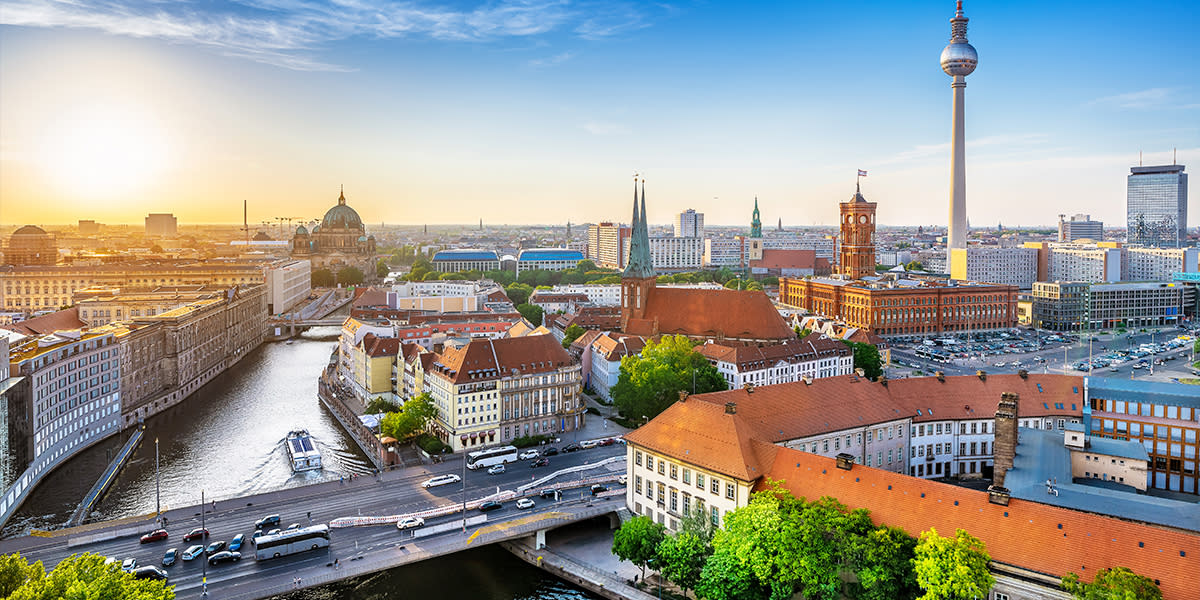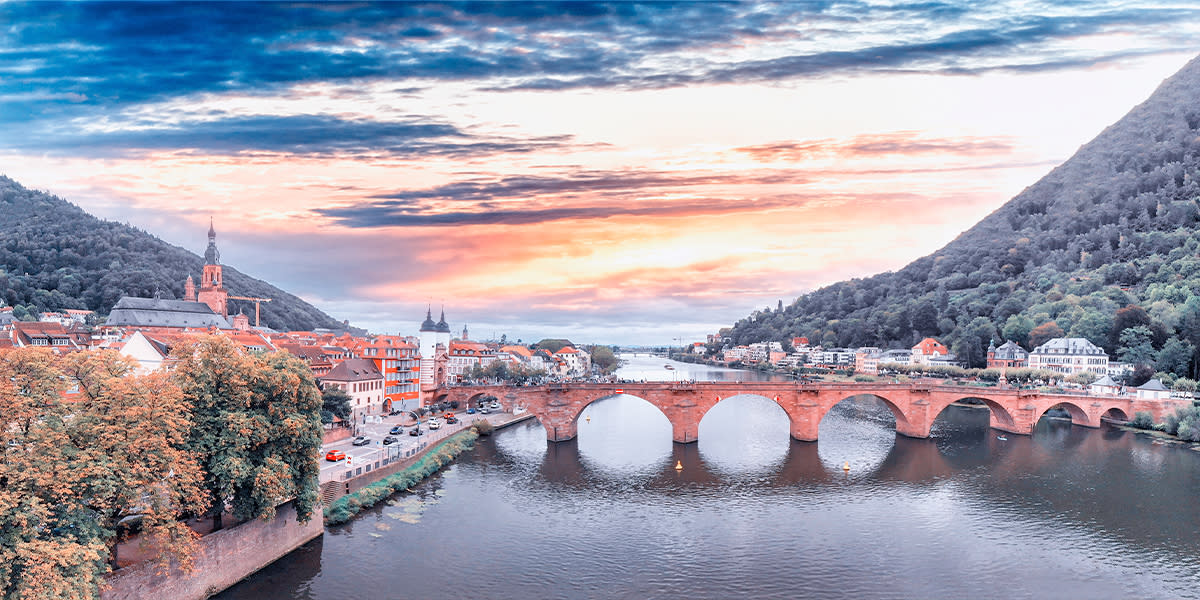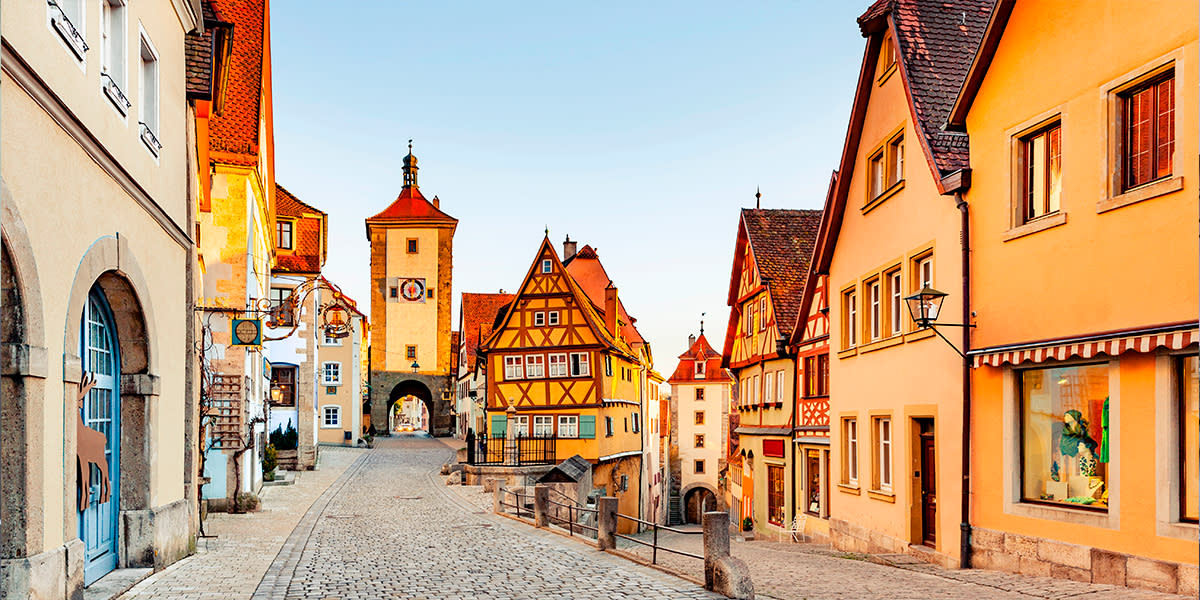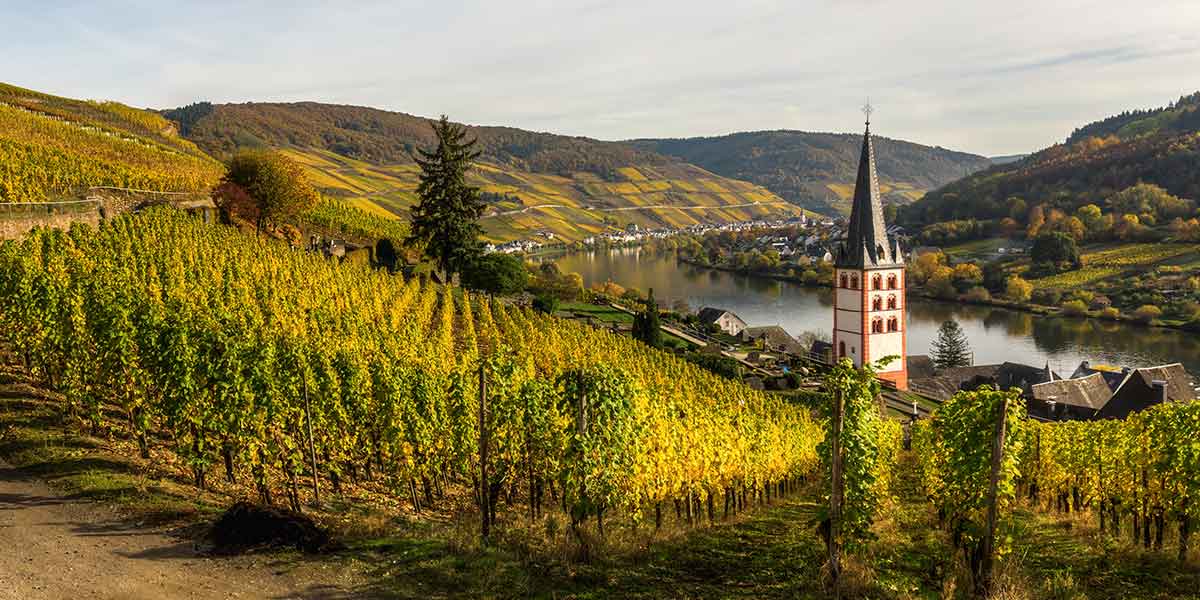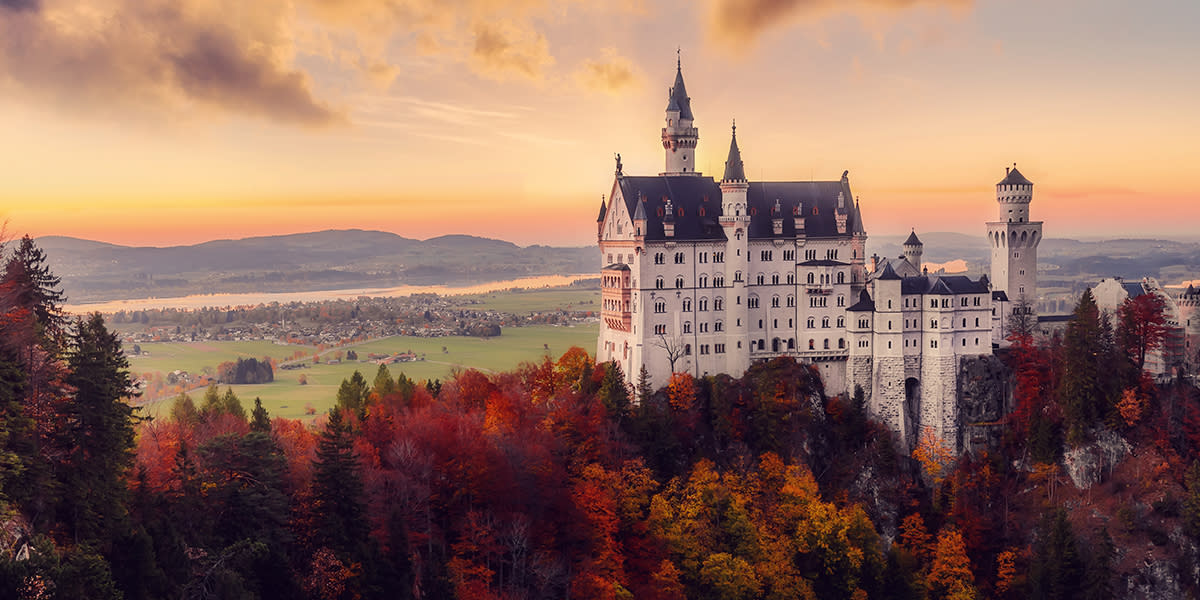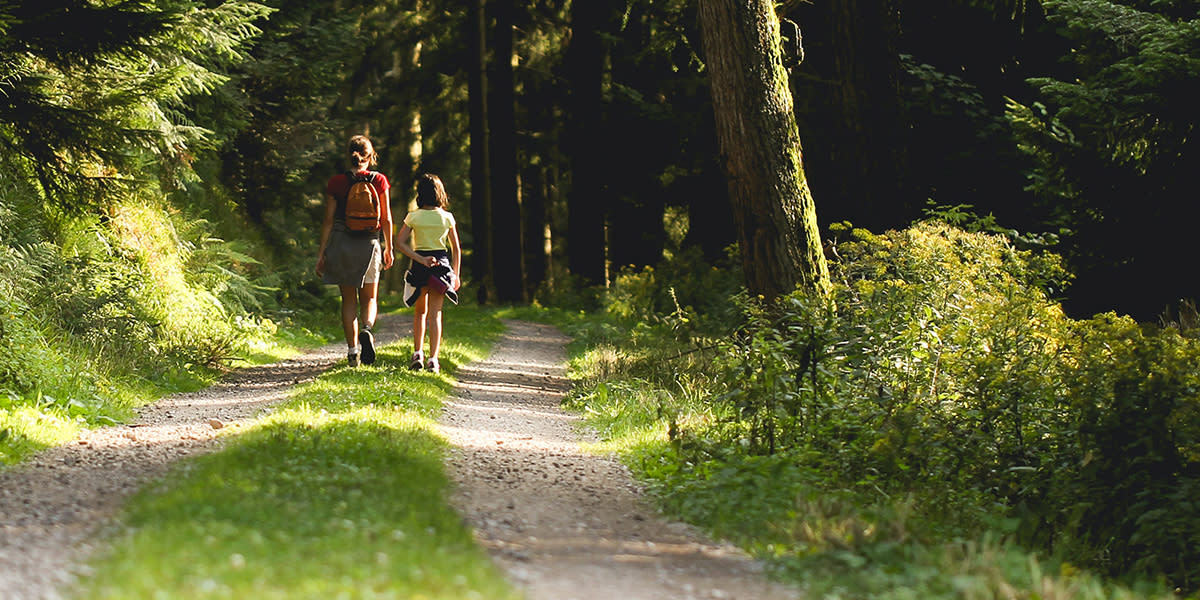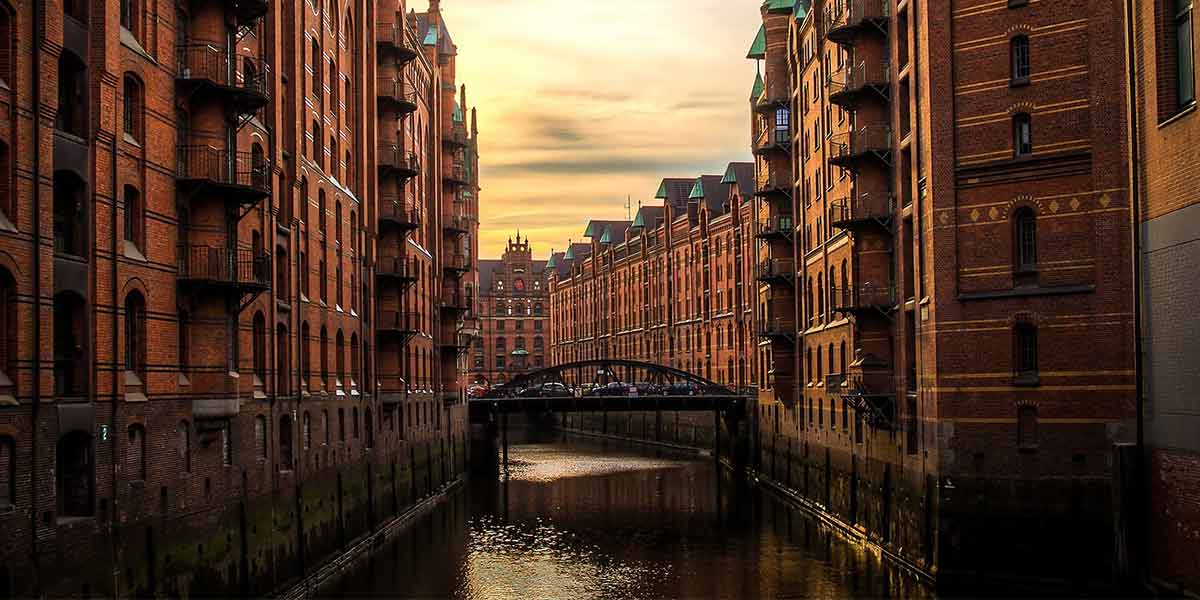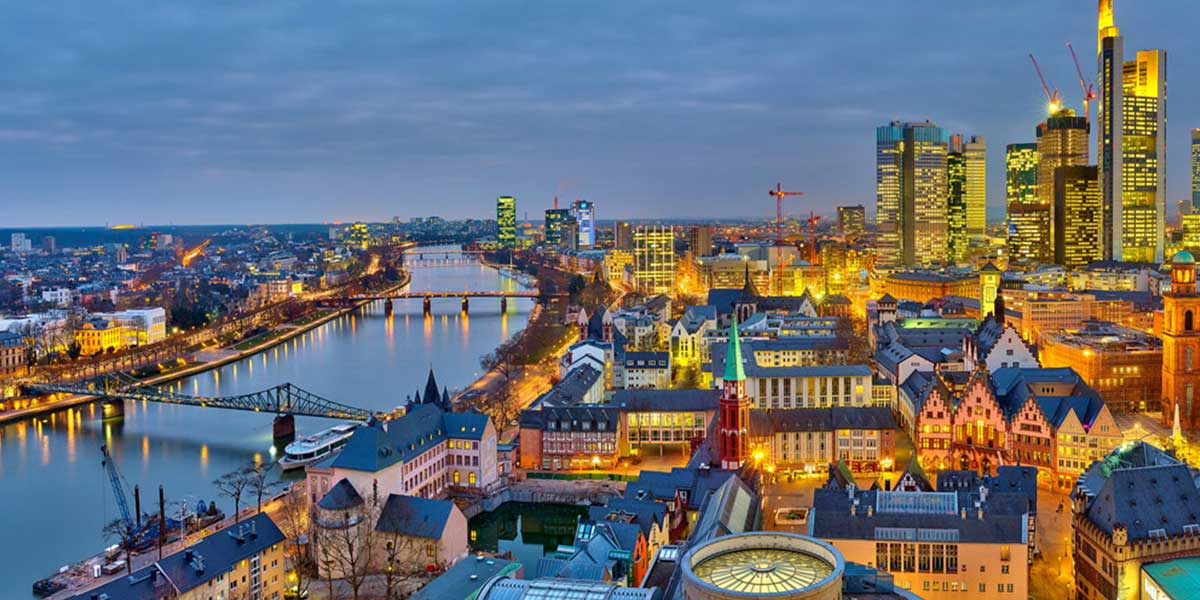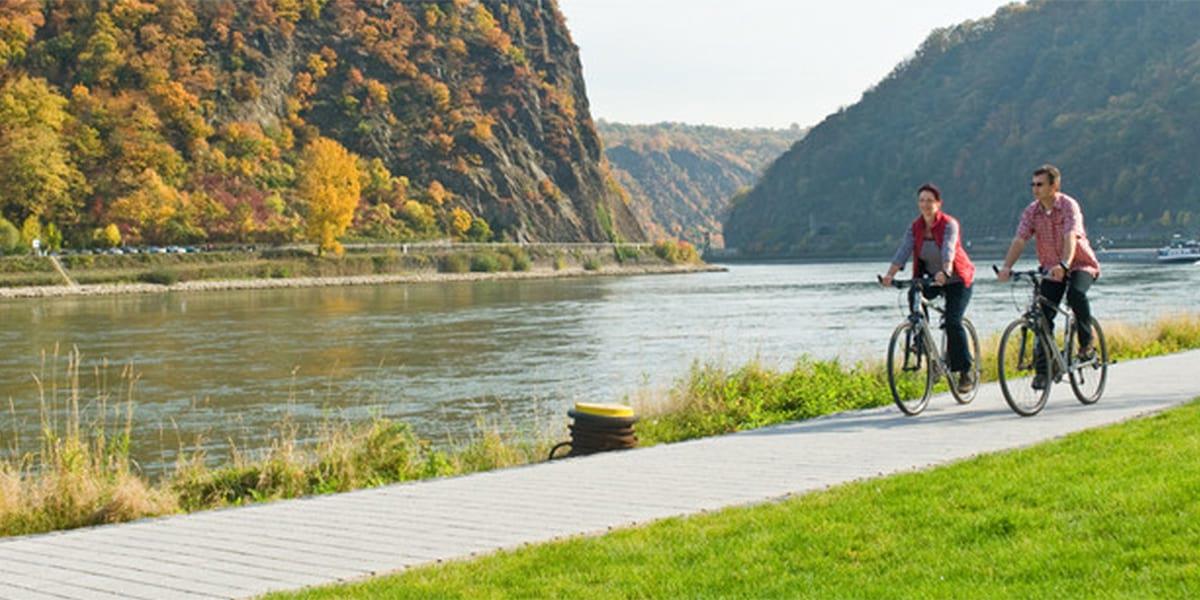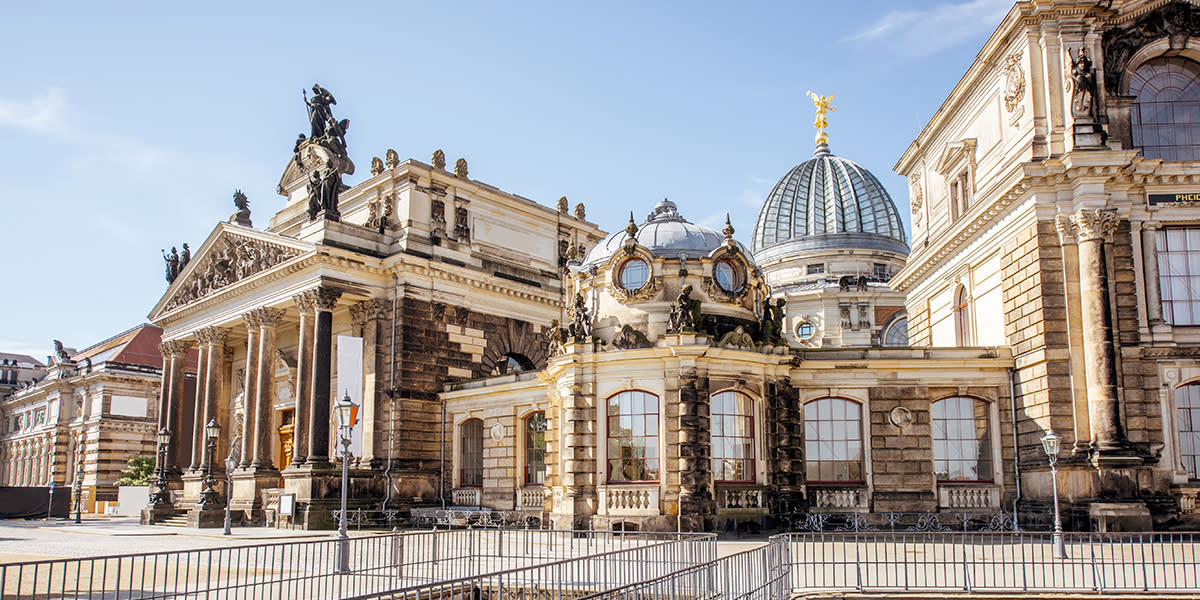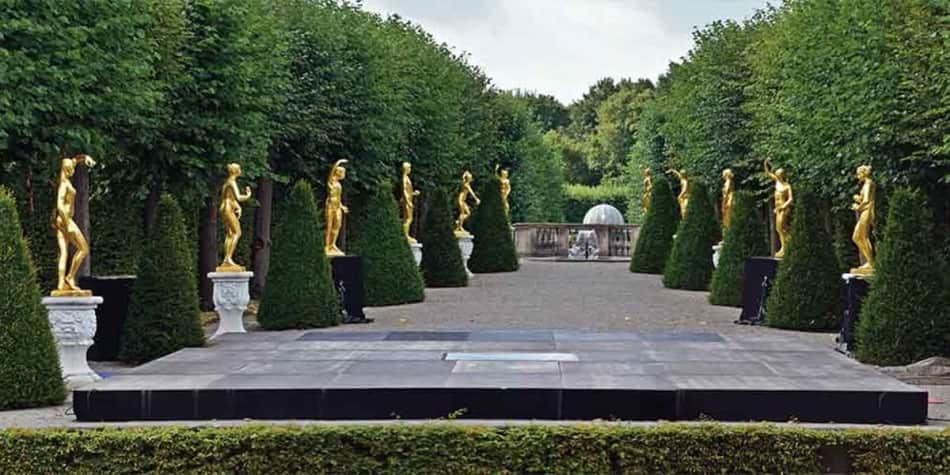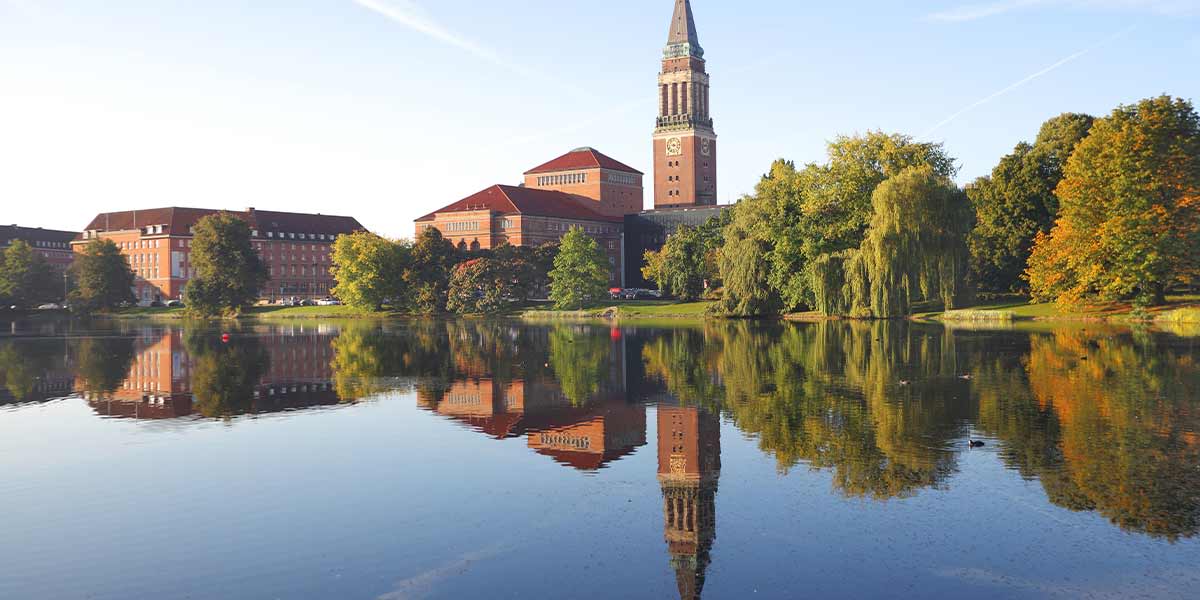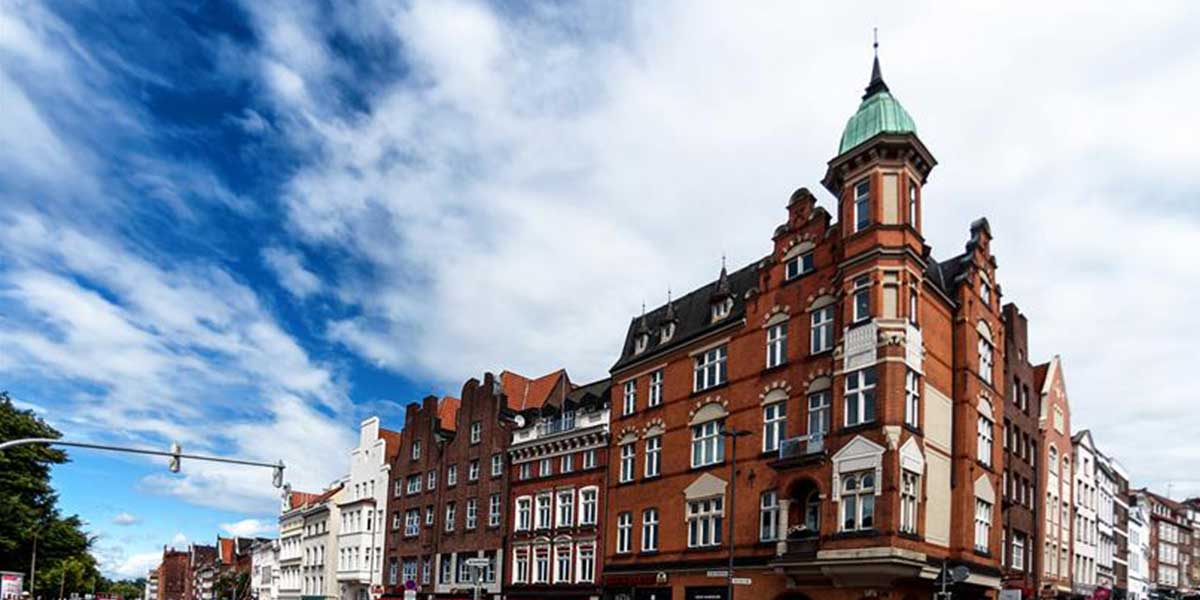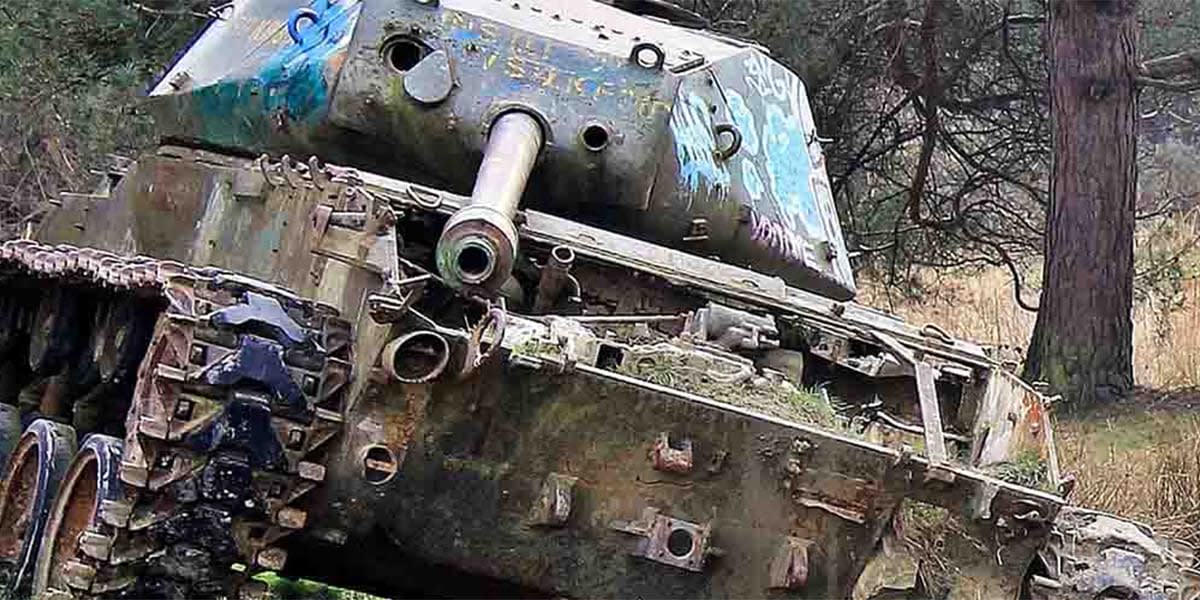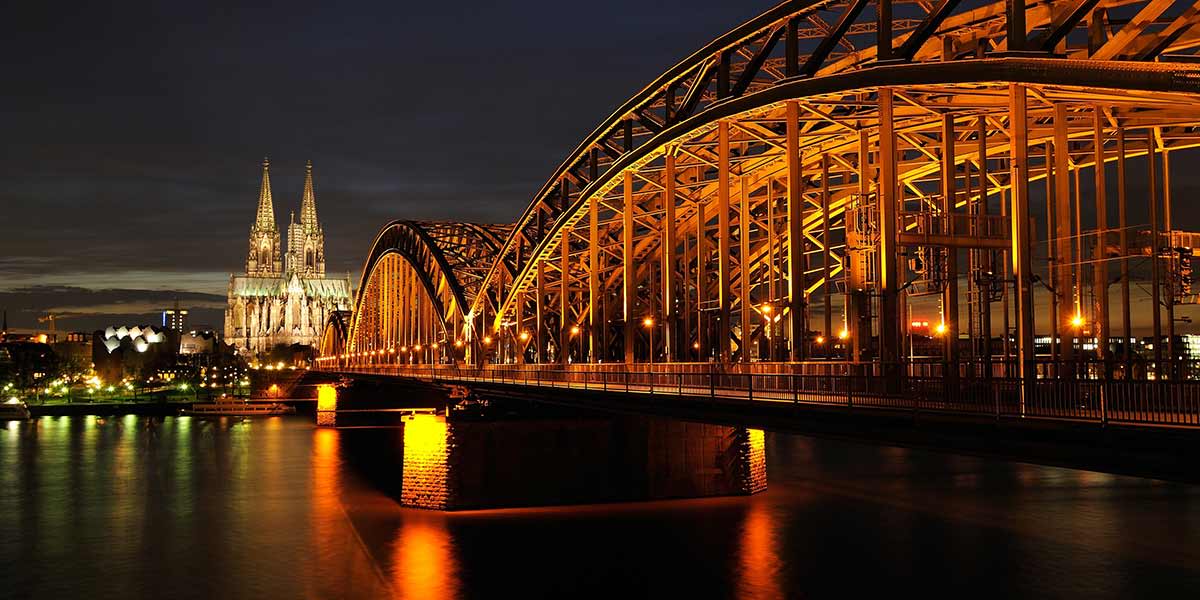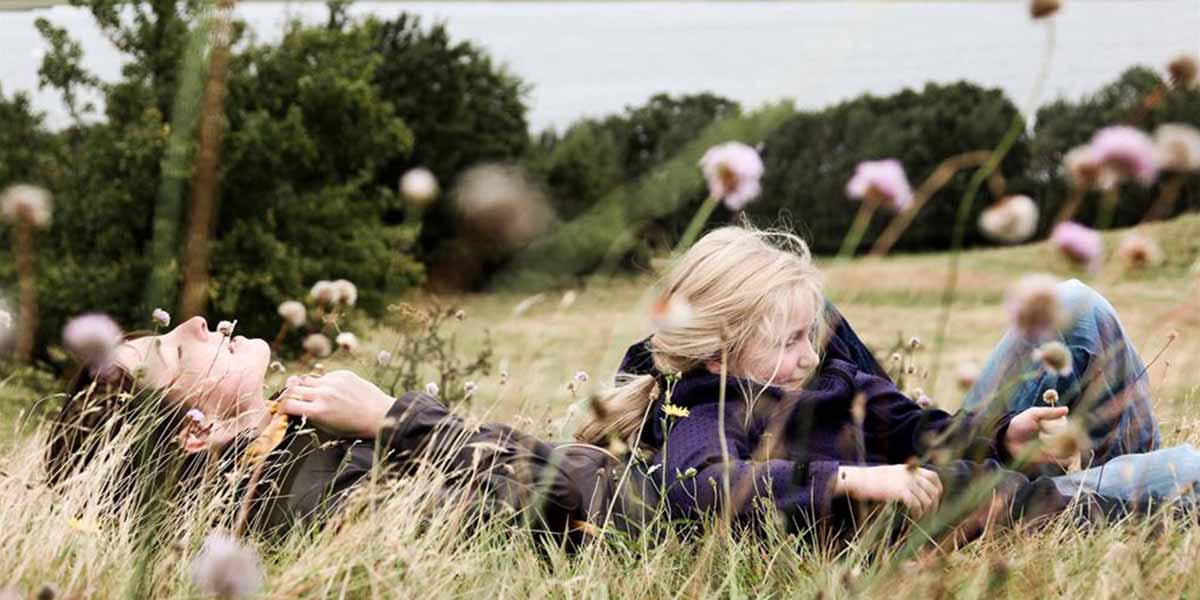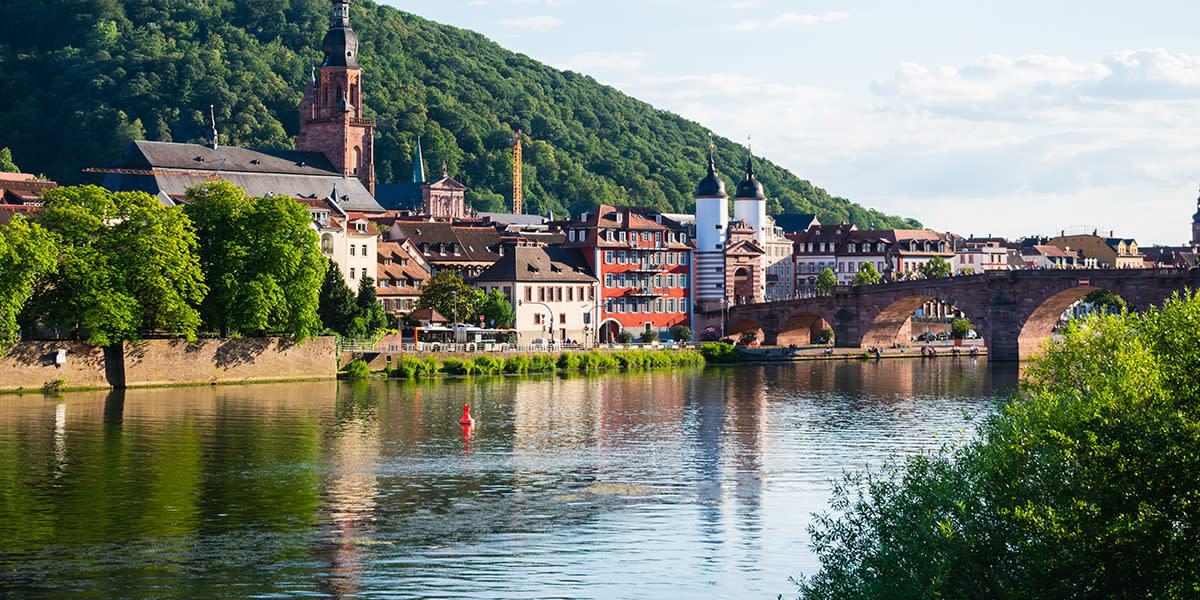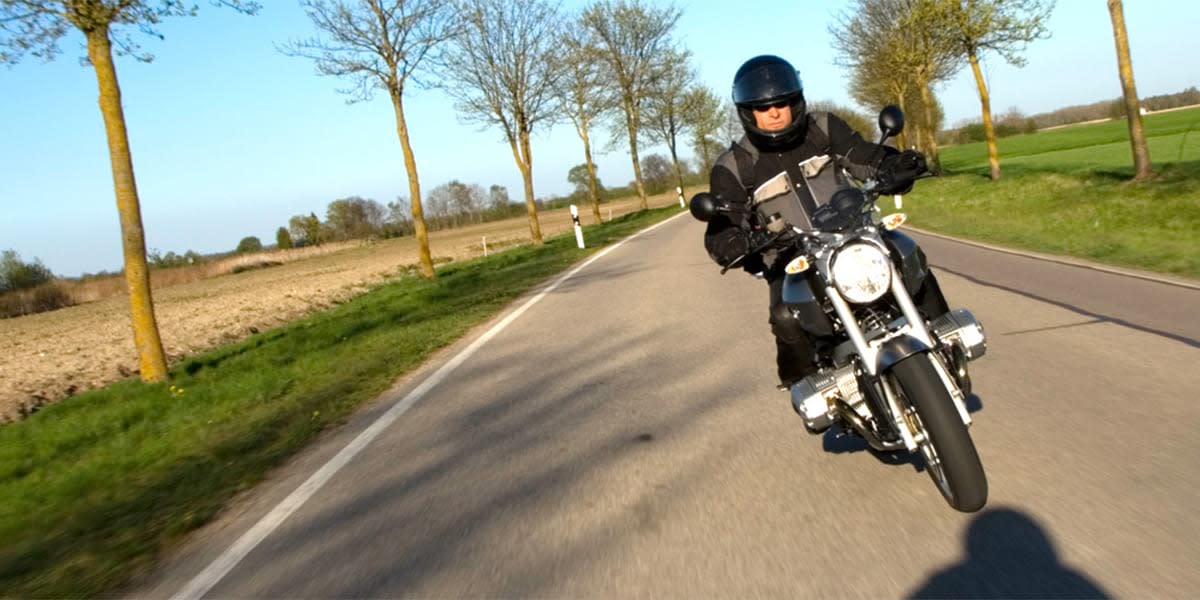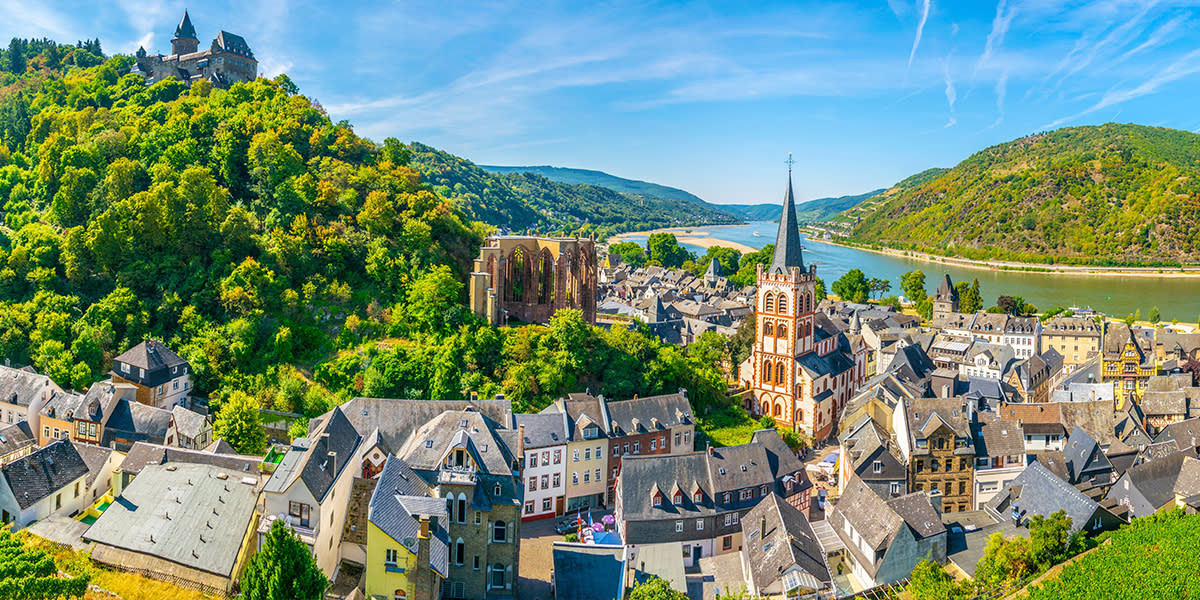
Your Essential Ferry Travel Guide To Germany
Discover Things To Do In Germany
Germany is the perfect destination for both the city-lover and outdoor enthusiast.
Explore vibrant cities like Berlin, Dusseldorf, Hamburg & Frankfurt - or hit the countryside to wander through fairy tale castles nestled in rolling valleys with beautiful vineyards, medieval towns and monasteries tucked away within Germany's beautiful Alpine foothills!
Why visit Germany?
Germany’s location in the heart of Europe means it enjoys warm summers and often beautiful, white winters, particularly in the east of the country. The summer is the perfect time to visit the vineyards in the south of the country, while the cities are gorgeous in the winter.
Nowhere does Christmas markets with quite as much aplomb as Germany. Up and down the country, each year, market stalls come out offering numerous delights; from hand crafted toys, tree decorations, candles and tasty treats. Gluhwein is heated for the festive season and aromas of gingerbread fill the air.
Discover some of the amazing activities you can get up to in Germany with the help of GetYourGuide!
Germany Travel Guides

Adventure in Germany
DFDS offers a variety of sailing schedules for travelling from the UK to Germany, ensuring flexibility to suit your plans.
Upon arrival in Germany, you can seamlessly continue your adventure by exploring with your own car, allowing you to discover the country's diverse landscapes and attractions at your leisure. Alternatively, you can mix it up and take the train to explore some parts of the country.

All DFDS Ferry Routes
DFDS has one of the largest ferry networks in Europe, with routes operating to Denmark, Norway, the UK, Ireland, mainland Europe and even the Baltic regions, including major cities such as Copenhagen, Oslo and Amsterdam. Travel with your car and open the gateway to Europe with DFDS.

Proudly named the World’s Leading Ferry Operator
And nominated again in 2025!
While we wait to hear the results of the European award, you can already help us secure the World title too.
Thank you!


